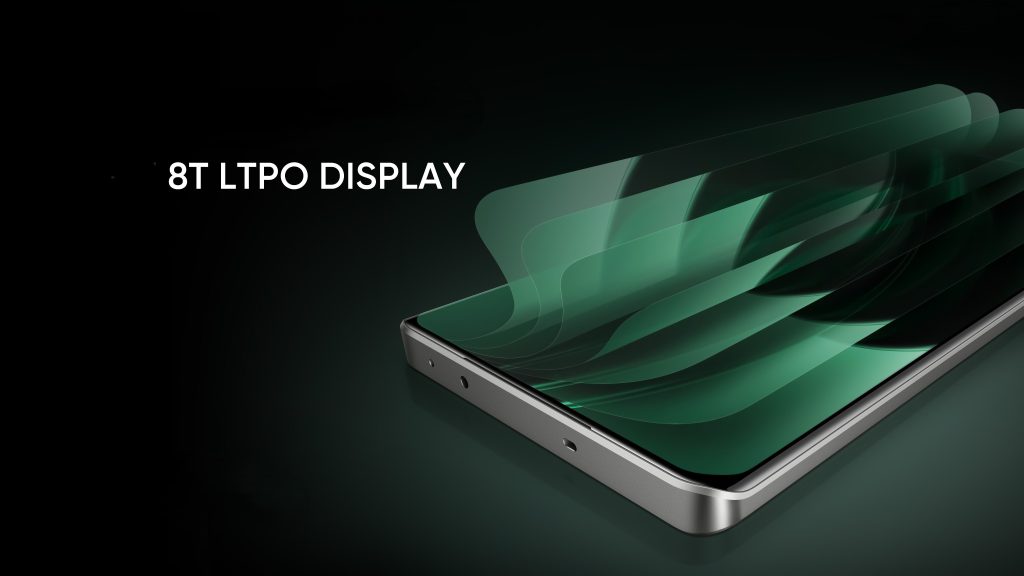With the release of Android 15, Google introduces a major enhancement for Android displays: true variable refresh rate (VRR) support. This adaptive refresh rate feature (ARR) allows displays to adjust their refresh rates dynamically, depending on the type of content, aiming to reduce power consumption and improve user experience.
Current situation with LTPO and limited VRR on Android Devices
For those wondering about the variable refresh rate functionality of 8T LTPO (Low-Temperature Polycrystalline Oxide) panels, it’s worth noting that these displays still toggle among a set of predefined refresh rates rather than offering a fully continuous range from 1Hz to 120Hz.

Manufacturers preconfigure these displays to switch among specific refresh rates like 1Hz, 10Hz, 30Hz, 60Hz, and up to 120Hz based on the content being displayed. For example, I’ve never seen the 8T LTPO panel on the iQOO Neo9 Pro refresh at any rate between those predefined values.
This is due to the limitations of Android’s software framework, which has, until Android 15, only supported discrete display modes.
This is different from the VRR technology on PCs, where the refresh rate can synchronize with the frame rate in real time, adjusting continuously to match the rendered frames. Such real-time sync allows for smoother transitions and improved responsiveness, especially in gaming. Android devices, on the other hand, have traditionally lacked this kind of flexibility.
Google’s implementation of Adaptive Refresh Rate in Android 15
With Android 15, Google has reworked Android’s display framework by introducing true ARR (Adaptive Refresh Rate) support, which lets screens adjust refresh rates within a single display mode.

This improvement is made possible through updates to the Hardware Composer (HWC) hardware abstraction layer (HAL). The HWC HAL version 3 enables the system to optimize the refresh rate by analyzing content type and adjusting the refresh rate accordingly, without needing to switch between modes. This reduces instances of “jank,” or visual stuttering, which often resulted from changing display modes in previous Android versions.
Hardware compatibility?
However, enabling ARR requires hardware compatibility. Devices need support for HWC HAL version 3, which is available on select recent devices like smartphones powered by Qualcomm’s Snapdragon 8 Elite processor. Older devices, even if they receive Android 15, might not gain ARR due to missing hardware or kernel support.
Unfortunately, Google’s ARR approach won’t bring PC-like sync for gaming, as the feature only allows refresh rates that match “divisors of the panel’s tearing effect (TE).”
While this ARR upgrade is promising, widespread adoption will depend on hardware support and OEM willingness to adopt HWC HAL v3, which could limit the feature to newer flagship models. Still, Google’s addition of true VRR functionality represents a significant step toward a more dynamic and power-efficient display experience on Android.







Comments